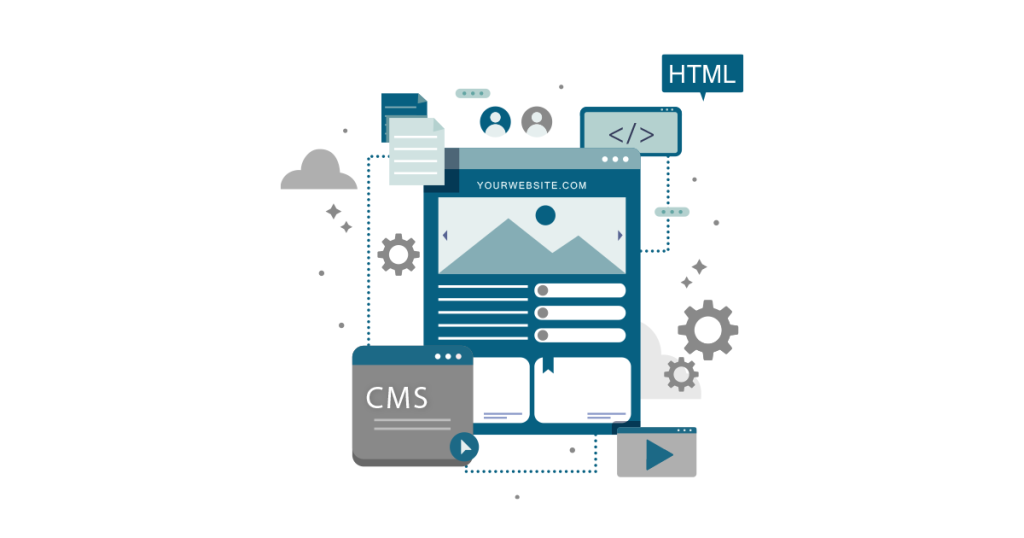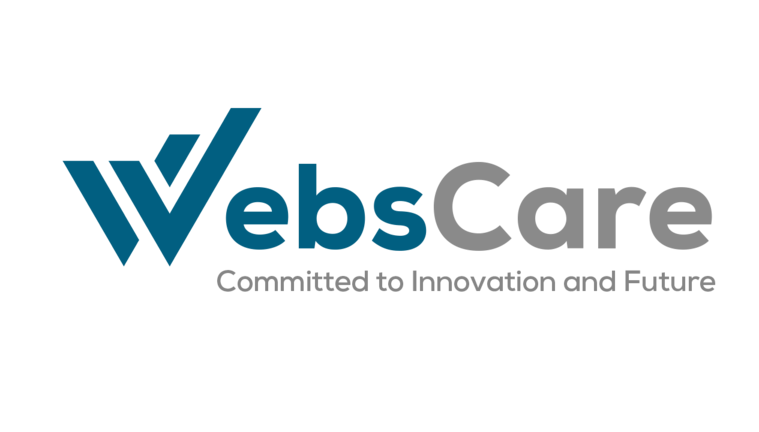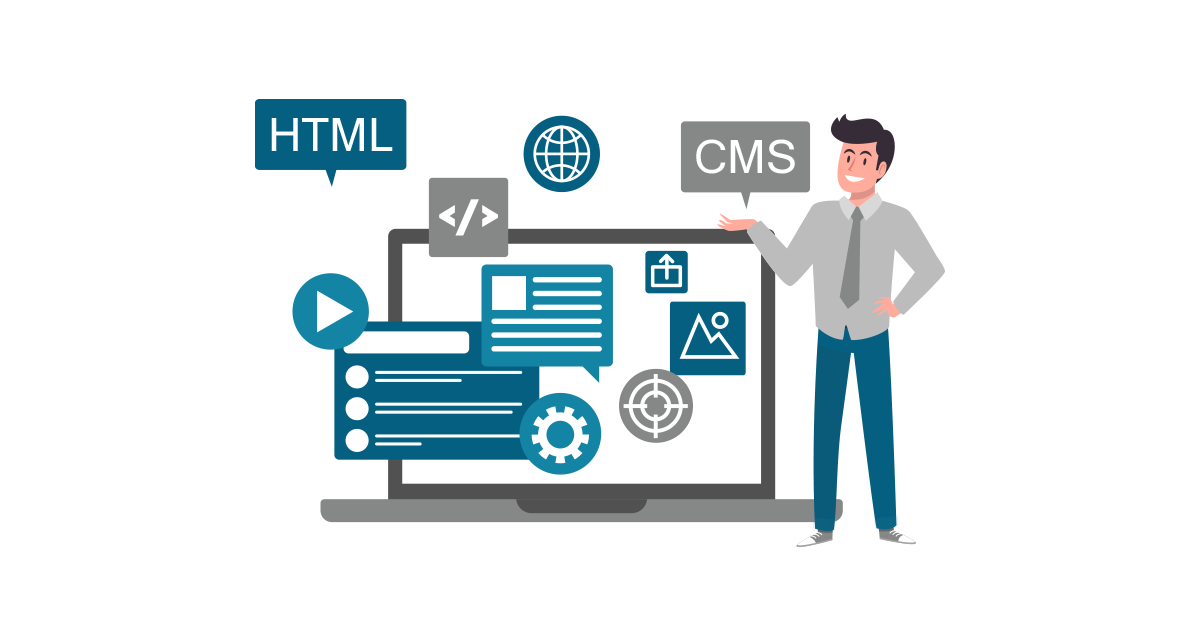Web development is the process of creating, building and maintaining websites and web applications. It involves a variety of tasks from designing user interfaces to coding functionalities and managing servers. In today’s digital age, web development is crucial for businesses, organizations and individuals to establish an online presence. It involves the use of multiple programming languages, software and tools to design and build websites that can be accessed by users through the internet. Web development encompasses different aspects, including front-end development which focuses on designing and developing the user interface of the website that users interact with and back-end development which deals with the server-side of the website including database management, server configuration and web application programming.
Web development also involves the use of web development frameworks, content management systems (CMS) and other technologies and tools to build dynamic, responsive and user-friendly websites that meet the needs of businesses, organizations and individuals. Our WebsCare research team has comprehensively explained about web development and its type mentioned as:

Thinking of migrating your website to a Pakistani hosting service? Here are the essential steps you need to follow for a seamless transition!
Types of Web Development
Web development is broadly categorized into three main types:
1. Front-End Development
Front-end development focuses on the visual and interactive aspects of a website. It involves designing and coding the user interface (UI) that users interact with directly. It involves creating the layout, design, and user interface using HTML, CSS, and JavaScript to ensure everything looks and functions smoothly across different devices and browsers.
Responsibilities
2. Back-End Development
Back-end development handles the server side operations of a website. This includes working with databases, managing user requests and handling the core logic that makes the website run. It involves programming languages like PHP, Python and Ruby to make sure the website’s foundation is solid.
Responsibilities
3. Full-Stack Development
Full stack development combines both front-end and back-end development work. A Full stack developers handle everything from designing the user interface to managing the server and database. They work across the entire development process, ensuring smooth integration between the front-end and back-end.
Responsibilities
Looking for reliable web hosting options to support your small business growth in Pakistan? Check out the 7 best web hosting servers tailored for your needs!
Specialized Types of Web Development
In addition to the core types, web development also includes specialized categories:
Dynamic Website Development
Dynamic websites change content based on user interactions or database inputs. These websites often rely on back-end systems to generate real-time content. It makes them more complex than static sites. Examples include social media platforms and e-commerce sites.
Static Website Development
Static websites are simple with fixed content that doesn’t change unless manually updated. Built using basic HTML and CSS, these websites are fast and easy to host, making them ideal for informational pages or smaller projects where content doesn’t need frequent updating.
Desktop Website Development
Desktop website development is centered on creating websites mainly for desktop or laptop users. While many websites today are responsive, some are specifically designed to take advantage of larger screens and offer more detailed experiences for desktop users.
Mobile Website Development
Mobile website development ensures websites work well on smartphones and tablets. These sites are designed to adjust to different screen sizes, offering mobile users a smooth and user-friendly experience.
Progressive Web Application (PWA) Development
PWAs offer a mobile app-like experience but run directly in a web browser. They can work offline, load quickly, and be added to a home screen without needing to be downloaded from an app store. PWAs combine the best of web and mobile functionality.
Custom Web App Development
Custom web app development involves creating personalized apps to meet the specific needs of a business or project. These apps often go beyond basic website functionality and include features like real-time updates, data processing or complex workflows.
Security Development
Security development prioritizes safeguarding websites and web applications from potential cyber threats. This involves implementing strong encryption, strong security protocols and protective measures to prevent hacking, malware attacks and data breaches.
Embedded Development
Embedded development specializes in designing web interfaces for hardware devices such as IoT gadgets. These interfaces enable users to interact with and control devices directly through web browsers enhancing functionality and user experience.
The Web Development Process
Web development typically follows these steps
| Phase | Description |
|---|---|
| 1. Planning | Define goals, target audience, and key features of the website. |
| 2. Designing | Create wireframes and prototypes to visualize the layout and user experience. |
| 3. Development | Code the front-end and back-end functionalities to build the website. |
| 4. Testing | Conduct thorough testing to ensure the website is bug-free and performs well. |
| 5. Deployment | Launch the website for public or client access. |
| 6. Maintenance | Regularly update and optimize the website for performance and functionality. |
Web Development vs Web Design
Web designing and Web development are two different but closely related fields in creating a website. Web design focuses on the aesthetics and user experience, while web development is about building and maintaining all functional aspects of the site. While designers shape the look and feel of the site, developers bring that vision to life by writing code.
| Aspect | Web Design | Web Development |
| Focus | Visual aesthetics, layout, and user experience | Building site’s functionality and technical framework |
| Tools/Technologies | Photoshop, Sketch, Figma, Adobe XD | CSS, JavaScript, Python, HTML, PHP, Ruby |
| Key Roles | Designers create mockups, wireframes, and layouts | Developers write code to make the design functional |
| Responsibility | Ensuring the site is visually appealing and user-friendly | Ensuring the site works correctly and efficiently |
| Outcome | Aesthetic and intuitive design | Fully functional, interactive website |
Key Skills for Web Developers
| Skill | Description |
|---|---|
| Technical Proficiency | Knowledge of programming languages and frameworks. |
| Problem Solving | Ability to troubleshoot and debug effectively. |
| Creativity | Designing user-friendly and visually appealing interfaces. |
| Communication | Collaborating efficiently with teams and clients to achieve project goals. |
Why are uptime and speed crucial when choosing Pakistani web hosting services? Explore their importance and how they impact your website’s performance!
Conclusion
Web development is a dynamic and constantly evolving field that serves as the backbone of the modern Internet. In this detailed article, the WebsCare research team delves into web development and its various types, highlighting its critical role in shaping digital interactions. From front-end development, which focuses on the visual and interactive elements users see, to back-end development, which manages the server-side logic and databases, each type plays a vital role in creating seamless digital experiences. Additionally, specialized areas like full-stack development and mobile web development further broaden the scope of this field. For Pakistani businesses and individuals, understanding these distinctions is crucial for selecting the most suitable approach to meet their unique goals. Whether aiming to build a responsive website or a robust e-commerce platform, the right choice in web development can enhance user engagement, drive growth, and ensure a competitive edge in the digital landscape.


